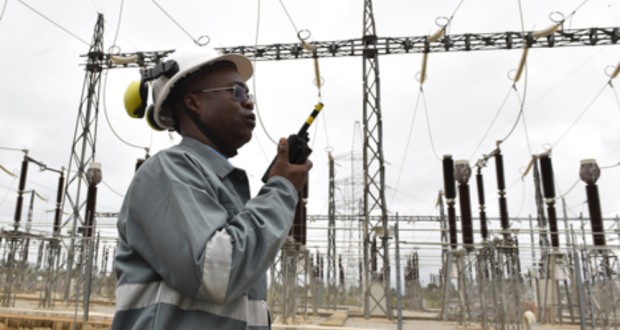By Neil Ford
The African Development Bank (AfDB) has unveiled its new electrification program, under which it will invest 12 billion dollars over the next five years.
The funds will support its New Deal on Energy for Africa, which aims to achieve universal access to electricity in Africa by 2025. The plan was born out of the Energy Week conference held in Abidjan, Côte d’Ivoire at the end of March, which brought stakeholders together to discuss methods of improving energy access.
Until relatively recently, the AfDB and other organizations regarded off-grid power provision as a stop-gap measure, designed to provide electricity to people until their homes were connected to the grid; however, the global boom in renewable energy technologies and the growing attraction of energy self-sufficiency in the West has changed the way the concept is viewed. The process is likely to accelerate when battery storage becomes cheaper and more efficient.
The scale of the off-grid ambition is demonstrated by the fact that the Bank has set a target of providing “decentralised solar technologies” – in other words, off-grid solar PV – to 75m households and businesses over the next five years. The change of heart is largely a function of the falling cost of off-grid solar [link to the piece I wrote on this previously, in relation to West Africa]. On-grid electrification has been a very slow process and the AfDB has recognised that off-grid solar PV kits are proving far more effective.
At present, solar panels, batteries and other components are manufactured elsewhere in the world, predominantly in Asia. They are imported in Africa, mainly in East Africa, by companies who sell them on to customers. Small weekly or monthly payments are made, often by mobile phone, until the solar kit is paid off.
It is likely to sound like a gross exaggeration to many readers, but it seems likely that almost all Africans will have access to electricity within the next decade. This is because individual solar PV kits in East Africa are now as cheap as kerosene as a source of energy. They will not yet provide sufficient electricity to power the appliances to give a Western-style standard of living, but the cost of fridges, washing machines and other appliances is still out of the reach of most African families in any case. Yet they will provide enough energy for electric light and the ability to charge mobile phones. It is often argued that the first kilowatt-hour is the most important.
AfDB president Akinwumi Adesina said: “Africa’s energy potential is as enormous as its electricity deficit. We must move quickly to unlock this energy potential. We must be smart, efficient, sustainable and quick in our actions…Although we can employ a mix of approaches, off-grid solutions must be at the core of our approach to achieve the ambitious electricity access targets that we have set.”
Bright Future
The AfDB is keen to see decentralised solar PV take off in the rest of the continent, beyond East Africa, and is keen to use its financial muscle to support long-term integrated planning and hedging tools to mitigate foreign exchange risks. It can also play a role in encouraging skills development and in the longer term possibly also component manufacturing within Africa.
Yet the private sector has taken the lead on off-grid electrification to date, so the process will take place with or without large-scale financing because of the economics of the technology. Looking further ahead, there will be increasing pressure to integrate on- and off-grid power provision so that people with multiple solar panels can sell electricity to others, as well as tapping into grid supplies when they need more power, or require back-up.
The big question is whether this process will be centred on national grids or far more localised mini-grids, perhaps covering just single villages. This issue was discussed in meetings on the sidelines of Energy Week but will surely become a more central concern in the future. The latter seems more likely in the short term, but in the long term the former may become more important, turning power utilities into infrastructure operators and power trading platforms more than generators in their own right.
 Westside Story Newspaper – Online The News of The Empire – Sharing the Quest for Excellence
Westside Story Newspaper – Online The News of The Empire – Sharing the Quest for Excellence




